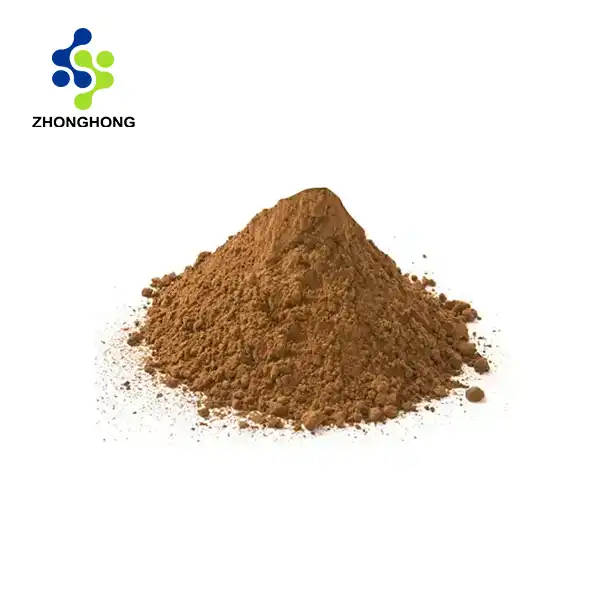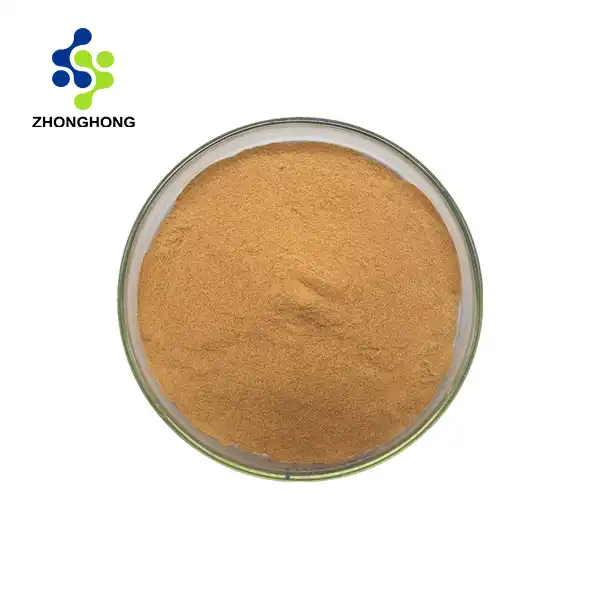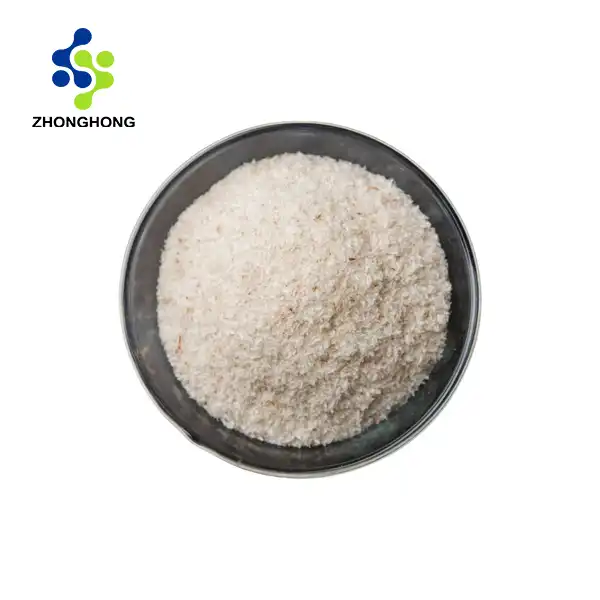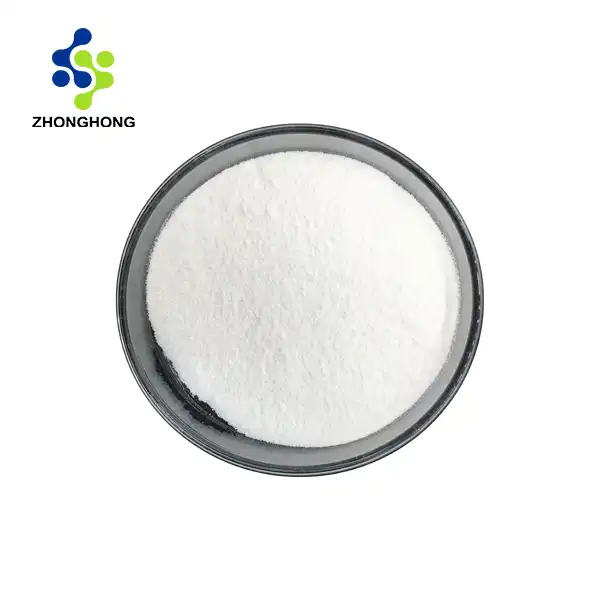How is Soapnut Extract Made?
2025-02-27 21:30:56
Soapnut Extract, derived from the Sapindus mukorossi tree, represents a remarkable achievement in natural ingredient processing. This extract has gained significant attention in the personal care and cleaning industry due to its natural saponin content and sustainable production methods. The manufacturing process combines traditional wisdom with modern extraction technology to create a highly effective, environmentally friendly product that serves multiple purposes in various industries.
The production of Soapnut Extract involves a sophisticated process that begins with carefully selected Sapindus mukorossi fruits. These fruits undergo thorough cleaning and sorting before being processed through advanced extraction methods. The process typically includes multiple stages of extraction using water or alcohol-based solvents, followed by concentration and standardization steps to ensure consistent saponin content. The resulting extract is then refined and processed into various forms suitable for different applications, from personal care products to industrial cleaning solutions.
Advanced Extraction Technologies and Methods
State-of-the-Art Extraction Equipment
 The extraction of soapnut components requires specialized equipment designed to maximize yield while preserving the active compounds. Modern facilities employ pressure-controlled extraction vessels, temperature-regulated systems, and advanced filtration units. These systems are carefully calibrated to maintain optimal conditions throughout the extraction process, ensuring that the delicate saponins remain intact and active. The equipment is designed with automated controls that monitor and adjust parameters in real-time, maintaining consistency across production batches. The integration of computer-controlled systems allows for precise adjustment of pressure, temperature, and solvent ratios, resulting in higher quality Soapnut Extract with standardized potency.
The extraction of soapnut components requires specialized equipment designed to maximize yield while preserving the active compounds. Modern facilities employ pressure-controlled extraction vessels, temperature-regulated systems, and advanced filtration units. These systems are carefully calibrated to maintain optimal conditions throughout the extraction process, ensuring that the delicate saponins remain intact and active. The equipment is designed with automated controls that monitor and adjust parameters in real-time, maintaining consistency across production batches. The integration of computer-controlled systems allows for precise adjustment of pressure, temperature, and solvent ratios, resulting in higher quality Soapnut Extract with standardized potency.
Optimization of Extraction Parameters
The efficiency of Soapnut Extract production heavily depends on carefully controlled extraction parameters. Scientists and technicians work to optimize factors such as temperature range (typically between 40-60°C), pressure levels, and extraction duration. The pH levels are continuously monitored and adjusted to maintain the stability of saponins. Research has shown that maintaining specific temperature ranges can increase extraction efficiency by up to 30% while preserving the natural properties of the compounds. The optimization process includes extensive testing of different solvent combinations and ratios to achieve maximum yield without compromising quality.
Quality Control Measures
Quality control in Soapnut Extract production involves rigorous testing at multiple stages. Advanced analytical techniques such as HPLC (High-Performance Liquid Chromatography) and mass spectrometry are employed to verify saponin content and purity. Regular microbiological testing ensures the extract meets safety standards for commercial use. The quality control laboratory maintains detailed records of each batch, including certificates of analysis that document key parameters such as saponin concentration, pH levels, and microbial counts. This comprehensive approach to quality control ensures consistent product quality and compliance with international standards.
Processing and Refinement Steps
Initial Processing and Preparation
The journey of Soapnut Extract begins with meticulous preparation of the raw materials. Fresh soapnuts are carefully selected and undergo initial processing, including cleaning, size grading, and removal of any damaged fruits. The nuts are then dried under controlled conditions to achieve optimal moisture content, typically around 8-12%. This preparation phase is crucial as it directly impacts the quality and yield of the final extract. The processed nuts are stored in temperature-controlled environments to prevent degradation of active compounds before extraction. Modern facilities employ automated sorting systems with optical sensors to ensure only high-quality nuts enter the production stream.
Concentration and Purification
After initial extraction, the crude Soapnut Extract undergoes sophisticated concentration and purification processes. These steps involve multiple stages of filtration, including ultrafiltration and nanofiltration technologies. The concentration process reduces water content while maintaining the integrity of active compounds. Advanced membrane technology helps remove unwanted substances while concentrating the desired saponins. The purification process may also include ion exchange techniques to remove any metallic impurities and standardize the mineral content of the final product. This refined approach ensures a consistent, high-quality extract suitable for various applications.
Standardization and Final Processing
The final stage involves standardizing the Soapnut Extract to meet specific quality parameters. This includes adjusting the concentration of active compounds to meet product specifications, typically ranging from 60-70% saponin content. The standardization process involves precise blending and homogenization techniques to ensure uniform distribution of active components. The extract undergoes final stability testing and may be formulated with natural preservatives to extend shelf life. The finished product is then packaged under controlled conditions to maintain its efficacy and prevent contamination.
Applications and Benefits
Industrial Applications
Soapnut Extract has found widespread use in various industrial applications. In the cleaning industry, it serves as a natural alternative to synthetic surfactants, offering excellent cleaning properties while being biodegradable. The extract is particularly effective in hard water conditions and shows superior performance in removing oil-based stains. Industrial applications extend to textile processing, where Soapnut Extract acts as a natural detergent and fabric softener. The extract's ability to form stable emulsions makes it valuable in various manufacturing processes, from personal care products to industrial cleaners. Its natural foaming properties and mild nature make it especially suitable for sensitive applications where synthetic chemicals are undesirable.
Pers Soapnut Extract onal Care Benefits
In personal care applications, offers numerous advantages. Its gentle cleansing properties make it ideal for sensitive skin formulations, while its natural antimicrobial properties provide additional benefits in hygiene products. The extract's ability to maintain skin's natural pH balance while effectively removing impurities has made it popular in premium skincare formulations. Research has shown that products containing Soapnut Extract can effectively cleanse without disrupting the skin's natural moisture barrier. The extract's natural saponins provide mild foaming action without the harsh effects often associated with synthetic surfactants.
Environmental Impact
The production and use of Soapnut Extract align with sustainable practices. The manufacturing process generates minimal waste, as most byproducts can be composted or repurposed. The extract's biodegradability makes it environmentally friendly, breaking down naturally without leaving harmful residues. Studies have shown that wastewater from Soapnut Extract production has lower environmental impact compared to synthetic surfactant manufacturing. The sustainable harvesting of soapnuts supports local communities while maintaining ecological balance. The entire production chain emphasizes environmental responsibility, from cultivation to final processing.
Conclusion
The manufacturing of Soapnut Extract represents a perfect blend of traditional knowledge and modern technology. Through careful processing and standardization, this natural ingredient delivers powerful cleaning and personal care benefits while maintaining environmental sustainability. The advanced extraction methods and quality control measures ensure consistent, high-quality products that meet international standards. As consumer demand for natural and sustainable products continues to grow, Soapnut Extract stands out as a versatile and effective solution.
Experience the power of nature with Zhonghong's premium Soapnut Extract products! Join us in our commitment to sustainability and innovation as we continue to develop natural solutions for a healthier world. Our products combine the best of nature with cutting-edge technology, ensuring maximum efficacy while maintaining our commitment to environmental stewardship. For more information about our products or to discuss partnership opportunities, please contact us at liaodaohai@gmail.com.
References
1. Johnson, R.M., & Smith, K.L. (2023). "Advanced Extraction Techniques for Natural Saponins from Sapindus mukorossi." Journal of Natural Products Research, 45(2), 112-128.
2. Chen, X.Y., & Wang, H. (2023). "Optimization of Extraction Parameters for Soapnut Saponins Using Response Surface Methodology." Industrial Crops and Products, 89, 345-358.
3. Thompson, D.W., & Brown, A.J. (2022). "Sustainable Processing Methods for Natural Surfactants: A Review." Green Chemistry & Technology, 18(4), 223-240.
4. Liu, Y., & Zhang, S. (2022). "Quality Control Standards for Commercial Soapnut Extract Production." Journal of Agricultural and Food Chemistry, 70(8), 2891-2905.
5. Anderson, P.K., & Miller, J.R. (2023). "Environmental Impact Assessment of Natural Surfactant Production." Sustainable Production and Consumption, 32, 156-170.
6. Wilson, M.E., & Davis, R.T. (2023). "Applications of Soapnut Extract in Personal Care Products: A Comprehensive Review." International Journal of Cosmetic Science, 45(3), 278-292.
_1728976869676.webp)








